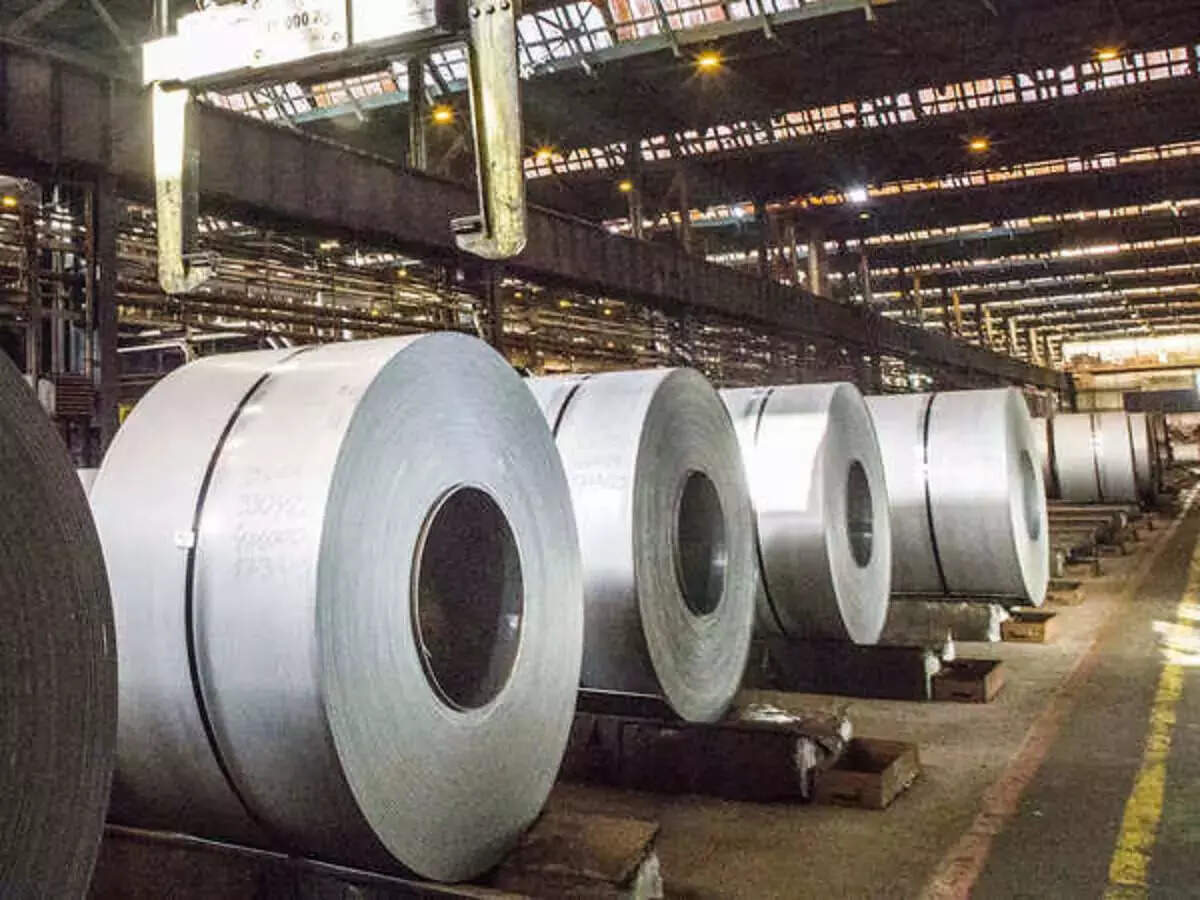
The process of setting up a consortium involving all stakeholders to develop indigenous technology for green steel has started, a senior official said. In the transition period, the government has urged the international technology provider Danieli to reduce the cost of the clean energy-based Direct Reduced Iron (DRI) plant to make it affordable for steel companies.
The cost of imported technology remains a significant hurdle for adoption to green steel, the official said.
“Steps have been initiated to form a consortium involving labs, IITs, steelmakers, and equipment manufacturers to focus on developing indigenous green technology for steelmaking,” Steel Secretary Nagendra Nath Sinha said.
In June, the Steel Ministry floated tenders under the National Green Hydrogen Mission, with an outlay of INR 455 crore, seeking industry participation to pilot green steel-making. The fund will provide partial support for the project.
A consortium proposed under the leadership of the Institute of Minerals and Materials Technology (IMMT) has expressed interest in piloting India’s first green steel-making initiative using a 100% hydrogen-based DRI production method.
“We have asked the technology provider (Danieli) to reduce the cost of the 0.5 million-tonne hydrogen-based DRI plant to INR 400 crore from their original quote of INR 800 crore so that steel companies can afford it,” he said.
The government is also preparing a decarbonization roadmap to reduce the steel sector’s carbon footprint, which accounts for 12% of total emissions.
This plan includes increased hydrogen use and carbon capture technologies for steel production.
Energiron direct reduction technology, jointly developed by Tenova and Danieli, is leading in offering the highest targets in terms of energy efficiency, product quality, and environmental compliance, using hydrogen, Danieli claimed.
China and Sweden have commissioned or plan to install 100% fossil fuel-free DRI production.
India, in the short term, aims to reduce carbon intensity in steel production by about 20% from the current 2.5 tonnes of carbon per tonne of steel.

